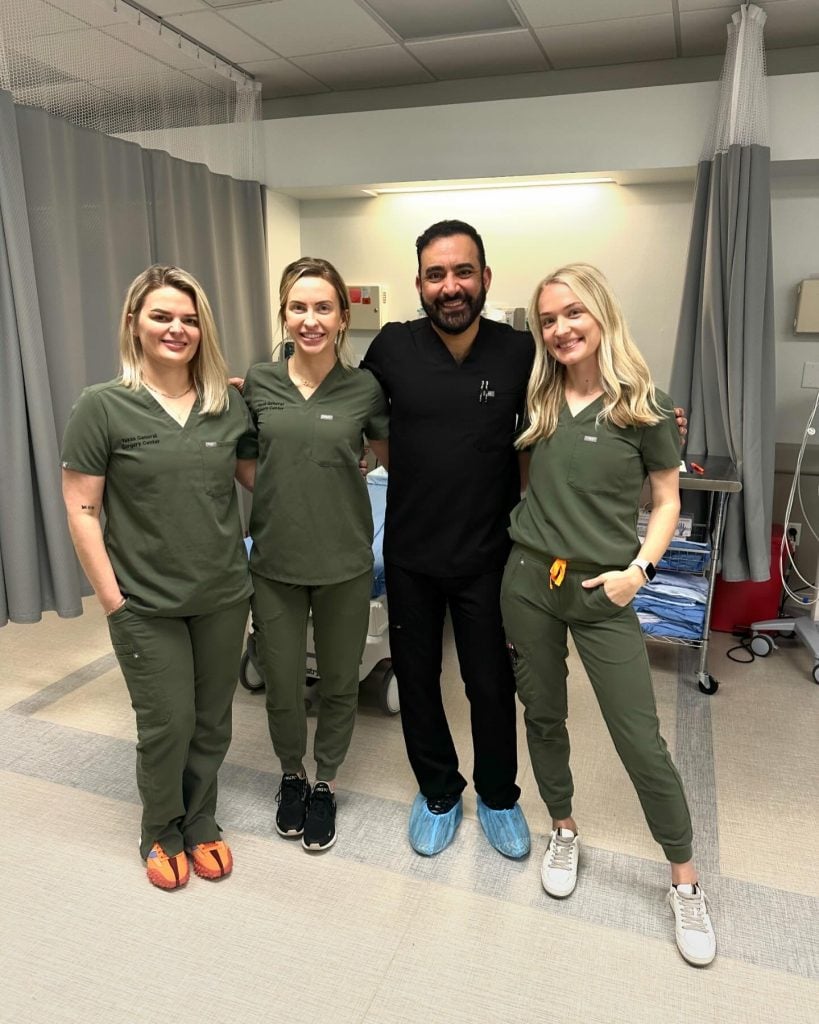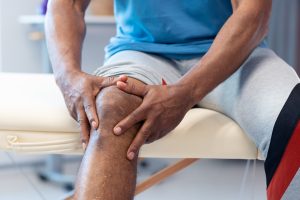Lower back pain is one of the most common complaints, affecting millions of people daily. For many, it disrupts their ability to work, enjoy activities, and even complete simple daily tasks. Understanding the causes of lower back pain and knowing when to consult a specialist can be life-changing, as it opens doors to effective treatments and relief strategies.
What Causes Lower Back Pain?
Lower back pain can result from various factors, from lifestyle choices to specific medical conditions. Here’s a look at the most common causes:
- Muscle Strain and Sprain: Often due to heavy lifting, sudden movements, or even poor posture, strains and sprains in the lower back are among the leading causes of pain.
- Herniated Discs: Discs act as cushions between vertebrae. A herniated disc, which occurs when a disc slips out of place, can press on nearby nerves, resulting in significant pain.
- Arthritis: Osteoarthritis and spinal stenosis are degenerative conditions that often contribute to lower back pain, especially in older adults.
- Sciatica: When the sciatic nerve is compressed, often due to a herniated disc, it can cause radiating pain from the lower back down through the legs.
- Structural Issues: Conditions like scoliosis (curvature of the spine) and other congenital spinal abnormalities can lead to chronic lower back discomfort.
As Dr. Ghalambor, an internist, anesthesiologist, and interventional pain management specialist, explains, “Lower back pain often stems from multiple overlapping causes. Identifying these specific factors is essential to finding an effective treatment that truly addresses the root of the problem.”
Recognizing the Symptoms
Lower back pain may present itself in different ways, depending on the underlying cause. Common symptoms include:
- Dull, Aching Pain: This is often felt deep within the lower back and may get worse with movement or prolonged sitting.
- Shooting or Stabbing Pain: Sharp pain that can radiate down the legs is usually associated with nerve compression, such as in cases of sciatica.
- Limited Range of Motion: Difficulty bending, twisting, or standing up straight can be signs of muscle strain or joint issues.
- Pain That Worsens with Activity: Pain that intensifies with movement or heavy lifting is typically associated with muscle strain or disc issues.
When to See a Back Specialist
If you experience persistent lower back pain that doesn’t improve within a few weeks or pain that intensifies with time, it may be time to see a back specialist. Other signs to look out for include:
- Pain radiating down the leg
- Numbness or tingling in the legs
- Severe pain that disrupts sleep
- Difficulty controlling bladder or bowel functions
Visiting an experienced back doctor is key to accurately diagnosing the issue and creating an individualized treatment plan. As Dr. Ghalambor advises, “When it comes to back pain, early intervention is crucial. The longer symptoms persist without proper treatment, the higher the chance of the pain becoming chronic.”
Treatment Options for Lower Back Pain
Lower back pain treatments vary depending on the cause, severity, and the patient’s unique needs. Here are some common solutions offered by back doctors and pain management specialists:
- Physical Therapy: Targeted exercises improve strength, flexibility, and stability, which helps alleviate pain and prevent future injuries.
- Medication: Anti-inflammatory medications, muscle relaxants, and in some cases, nerve-blocking injections can offer short-term pain relief.
- Interventional Pain Management: Techniques like epidural steroid injections and nerve blocks can provide significant pain relief. These treatments target the pain source directly.
- Lifestyle Adjustments: Improving posture, managing weight, and incorporating regular physical activity can all help in reducing the strain on your lower back.
- Surgical Intervention: In severe cases, surgery may be recommended. Procedures like decompression surgery or spinal fusion are options for patients with structural issues or severe nerve compression.
Finding the Best Back Doctor Near You
Searching for the best back doctor or lower back pain specialist near you is a crucial step in achieving lasting relief. Look for a back doctor with experience in pain management and interventional treatments. Whether in Allen Tx, Coppell Tx, Fort Worth Tx, or Garland, Texas, finding a skilled lower back pain specialist near you can make a difference in your care journey.
Tips for Preventing Lower Back Pain
Taking steps to prevent lower back pain can save you from future discomfort. Here’s what you can do:
- Maintain Good Posture: Avoid slouching, especially if you sit for extended periods.
- Stay Active: Regular exercise, particularly core-strengthening exercises, helps support the spine.
- Lift Carefully: Avoid bending at the waist; instead, bend your knees and lift with your legs.
- Watch Your Weight: Maintaining a healthy weight reduces the strain on your lower back.
Book a Consultation for Back Pain
Lower back pain shouldn’t hold you back. For specialized, expert care, consider booking a consultation with an experienced back doctor near you. At NorTex Spine & Joint Institute, Dr. Ghalambor and his team focus on personalized, effective solutions to help you reclaim your comfort and mobility. Don’t wait to seek relief—reach out to a top back specialist near you today.








